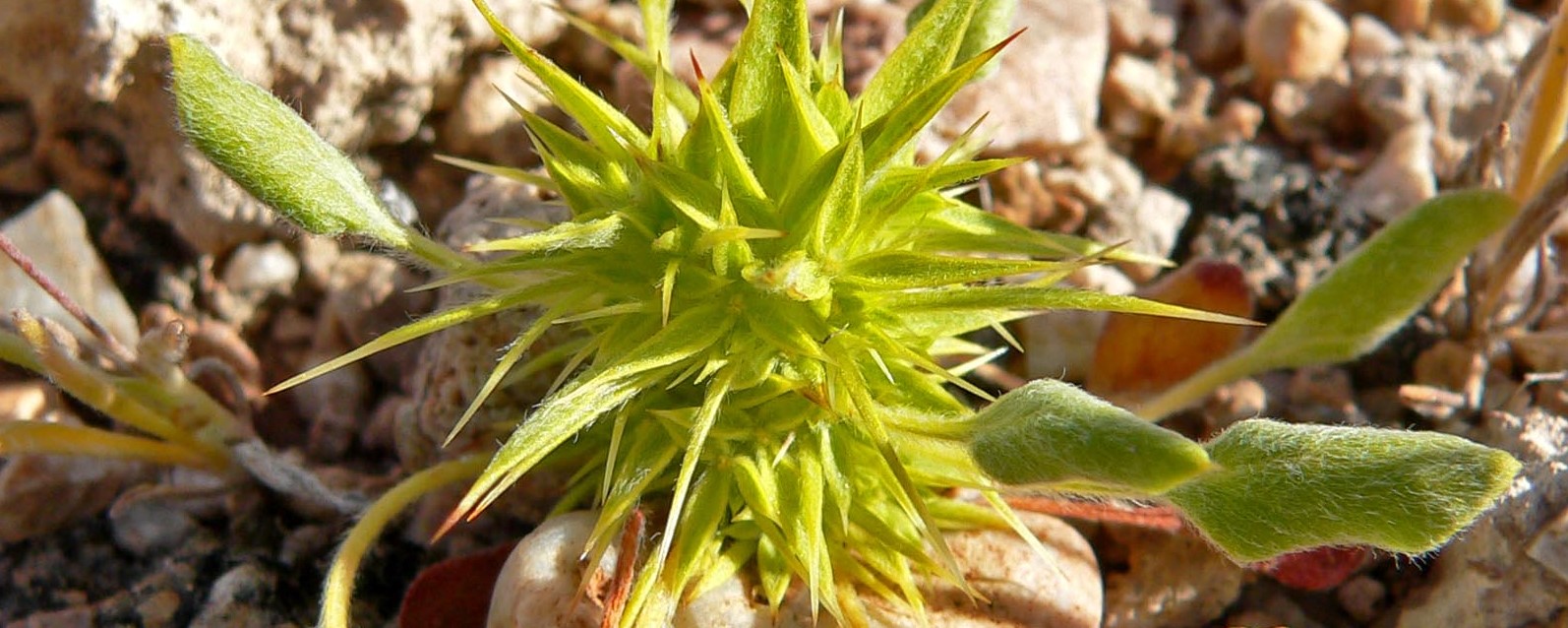Developing a conservation strategy to protect, maintain, manage and possibly, reintroduce the spineflower
The recent discovery of the San Fernando Valley spineflower (Chorizanthe parryi var. fernandina) on the Ahmanson Ranch project site in Ventura County, California prompted preliminary investigations into the biology of that taxon. The purpose of these studies is to develop a conservation strategy to protect, maintain, manage, and, possibly, reintroduce the spineflower into appropriate habitat. While the proposed development would remove a portion of the spineflower population, the majority of the known population is proposed to be conserved onsite. Residential development is planned adjacent to the proposed spineflower preserve area.
An effective conservation strategy should emphasize preserve design and habitat and species management. Accepted principles of preserve design include maximizing the width of the buffer between development and sensitive resources, minimizing habitat loss, fragmentation, and edge effects, maximizing genetic diversity and connectivity with other habitat patches, maintaining adequate habitat to allow for spatial and temporal population fluctuations, and maintaining a sustainable population size,1 among others. Habitat and species management may be necessary to mitigate impacts from adjacent development and to maintain the functions and values of the population being conserved.
This paper assesses potential impacts to the conserved spineflower population from adjacent development based on a review of the scientific literature on edge effects (adverse effects of land uses on adjacent biological resource areas, such as weed invasions or changes in hydrology). A thorough literature search on edge effects has not been conducted for this paper due to time limitations. The summary presented herein is intended to (1) focus on potential impacts to sensitive plant species, and (2) address those risk factors associated with edge effects most likely to affect the spineflower, based on current knowledge of the species’ biology. All identified risk factors have the potential to negatively impact some aspect of the species’ biology or habitat; however, information is not yet available to definitively determine which factors pose the most serious threat to the species’ persistence. This paper analyzes identified risk factors in relation to preserve design and proposes management actions and alternative scenarios to minimize or reduce the potential impacts of these risk factors.


